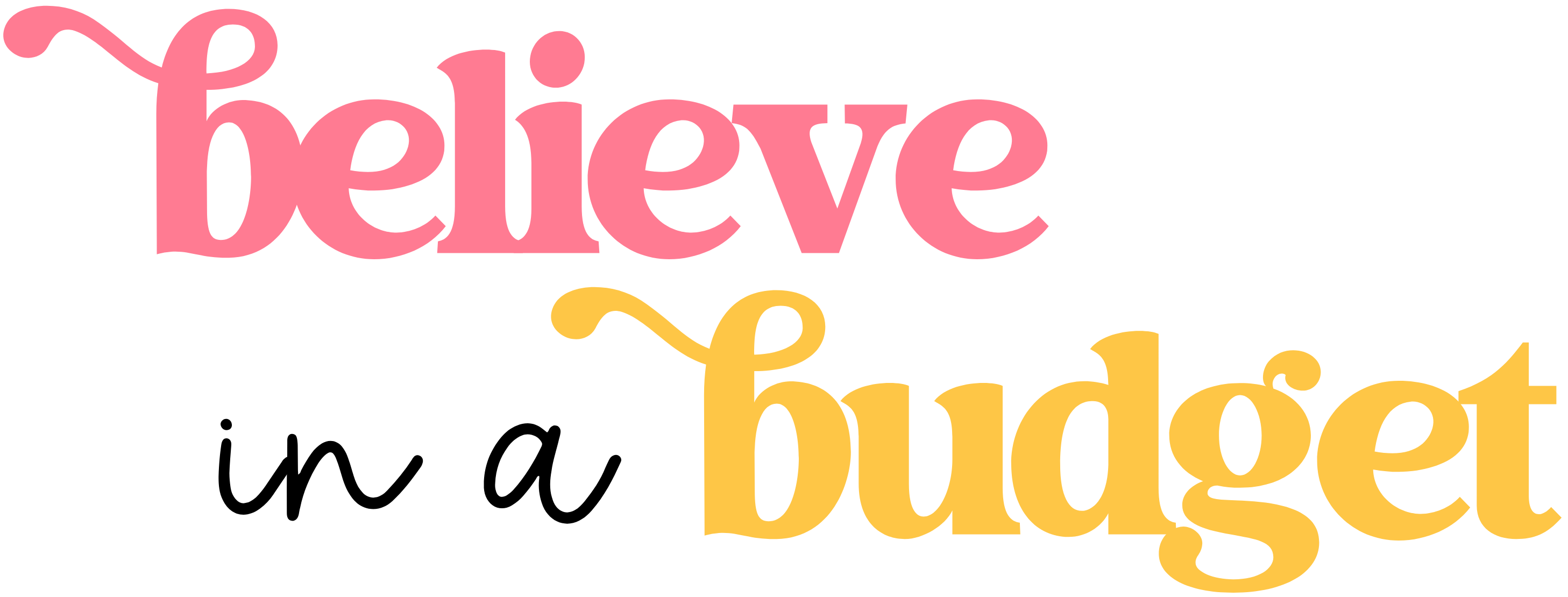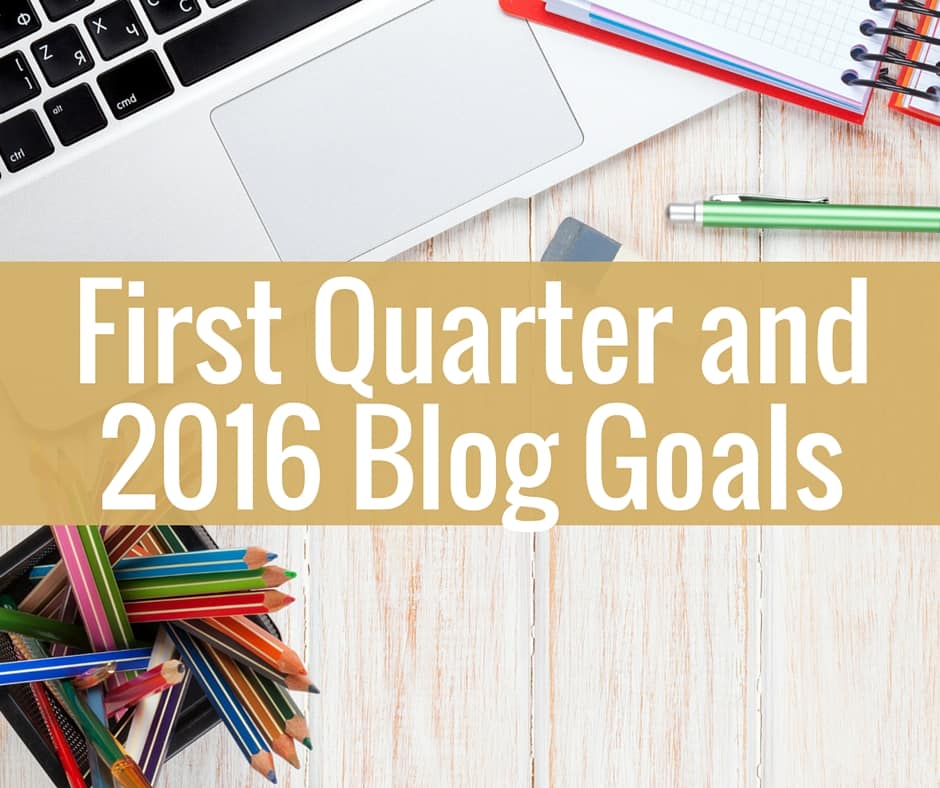How to Stop Impulse Buying to Save More
Ready to stop impulse buying? It happens to the best of us, and I’m no exception!
While I can have the best intentions to stay in and skip a shopping trip, I’m even more likely to impulse shop on my laptop or phone.

Most of us spend too much time scrolling social media, and the mindless task can lead to viewing a lot of ads or product reviews.
You might be tempted to hit the buy button on the latest and greatest product. However, FOMO (fear of missing out) easily leads to impulse buying. Am I right?!
Even if you are not online savvy, you can relate to a Target shopping trip in which you needed one essential item and came home with a cart full. We all know those trips really add up!
The average consumer spends $300 a month on impulse purchases. That’s $3,600 a year!
Let’s discuss how to curb impulse spending and get your budget back on track.
10 tips on how to stop impulse buying to save more
Wait 24 hours
Most impulse purchases are made when you are buying other items, have been on social media too long, or are trying to fulfill an emotional need.
To curb impulse tendencies, you must use the 24-hour rule before purchasing.
Waiting several hours can help you discern whether the purchase is a want or a need, if you can afford it, and whether it is a good value in the long term.
I like to make a note of the product I’m interested in and save the link to my notes app.
Usually I have a running list of items I am interested in purchasing at some point, but end up deleting the ones I lose interest in over time.
Stick to your list
Writing out a list of your needs, whether going to the grocery store or buying a new fashion staple, is essential.
A list can remind you of your financial goals, and sticking to it can help reduce the amount of junk food you bring home or the loss of a week’s pay on a new wardrobe.
Unfollow your favorites
While you might enjoy staying updated with your favorite brands, doing so can easily lead to impulse purchases.
Unfollowing them on social media and unsubscribing from their daily emails can get your mind off of shopping and more focused on saving.
Curb your emotions
Emotions play a significant role in what we purchase. When stressed in our personal lives, we tend to make less-than-stellar buying decisions.
Giving in to retail therapy can be anything from a couple of dollars to a few thousand.
Unfortunately, marketers know how to play on your emotions and get you to impulse buy. Keeping your budget in check is vital to overcoming the desire to purchase everything on-site.
Understand your past
If you have a history of impulse buying, it can be a product of your family’s money habits or a simple love of shopping.
Whatever the reason, try to dig deep and see when your impulse buys the most.
Is there a pattern? Do you buy more when you first get your paycheck or during the holidays?
Maybe you spend more in the summer when you vacation and go out with friends. Identify your spending habits so you can save more.
Choose an accountability partner
Choose an accountability partner who is unafraid to tell you when you are impulse spending.
If you and your spouse both impulse spend, you should find a friend or family member who can keep both of you in check.
Initially, asking for help might be humbling. However, everyone has vices, and getting help is more important than continuing to live in debt.
Get off the comparison train
Comparing yourself to people with more money or other values can be dangerous for impulse buying. You will never be satisfied if you always try to keep up with the Joneses.
Instead of trying to be someone else, reflect on who you want to be. The more satisfied you are with yourself, the less you crave new things.
I have found that the more I focus on my goals, such as planing a vacation or retirement, the more content I am with what I already have.
Consider starting a gratitude journal to be thankful for what you do have.
Try a no-spend month
Try a no-spend month if you have difficulty shopping and sticking to your list.
By participating, you pay only your monthly bills and buy only the essentials, such as food, medicine, and hygiene products.
See how much you save at the end of the month by not spending extra money on convenience stores, department stores, and online shopping.
Need more inspiration?
Check out our smart budget breakdown of a 35-year-old living on $55k a year.
Put away your credit cards
Credit cards are a convenient way to pay for everyday purchases. However, the ease can also lead to impulse spending habits.
If you usually impulse shop from a phone or computer, having your credit card information saved on your device can create instant access for ruining your budget in one click.
While I have a healthy relationship with using my credit card and paying off the balance in full each month, make sure you use your card wisely. No one has money to waste on credit card fees.
If you want to know how to stop impulse buying online, consider not having the auto-fill feature on your devices and using cash whenever possible.
Especially if you can’t pay off your credit cards every month, you know that your impulse purchases are causing you to fail in your financial goals.
Maintain a budget
Impulse buying may be fun in the short term, but it won’t create long-term happiness. You can live a frugal lifestyle and still be satisfied.
One of the easiest ways to live the lifestyle you’ve always wanted is to maintain a budget.
To maintain your budget, you must track all your income and expenses.
Take note of when your bills are due so you can pay them on time. Start categorizing where every dollar goes to get a good idea of your overall spending.
Budgeting can be as simple as creating a spreadsheet or going all in with one of our favorite budgeting apps.
Monthly budgeting can help you get a better understanding of your income and expenses and can work on reducing impulse buying.
How to Stop Impulse Buying
Taking charge of your financial freedom is the first step to stopping impulse buying.
Awareness of your shopping triggers and consistently analyzing your budget are wise ways to discern whether your purchase is a need or a want.
Remember, the top impulse purchase categories include clothing, household goods, food and grocery items, shoes, and tech.
Giving into temptation in any category can keep you from reaching your long-term financial goals, create clutter, and add unnecessary stress.
How will you improve your shopping habits this year?







